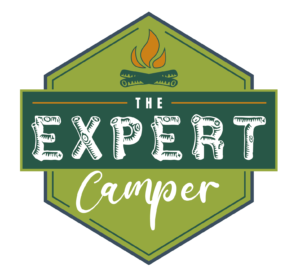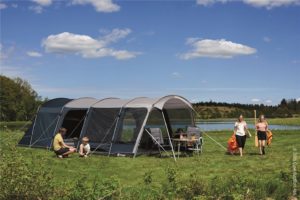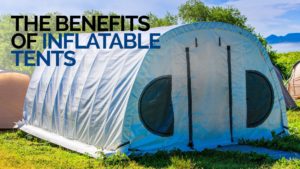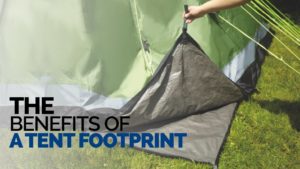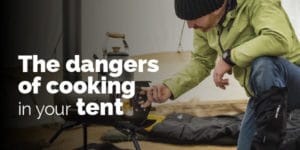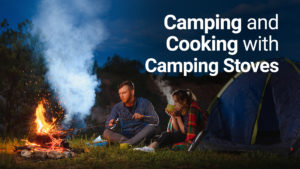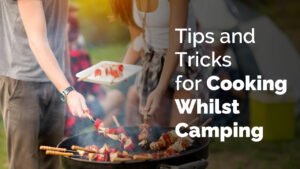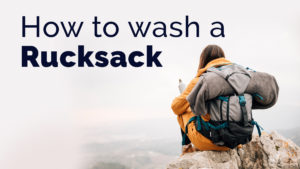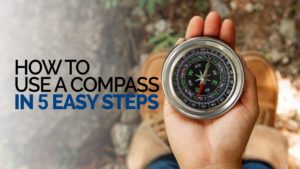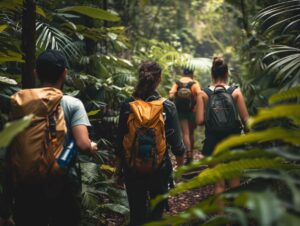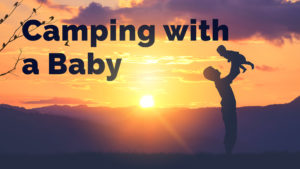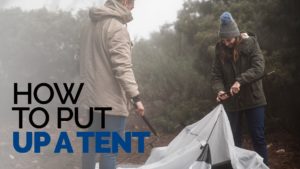
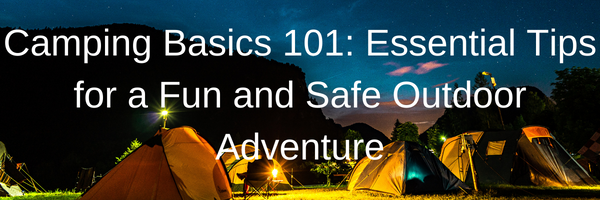
Amy
- Categories: Camping

Are you ready to embark on a daring outdoor excursion but lack the experience or knowledge on where to begin? Have no fear, for we have gathered the ultimate guide of camping basics to help you embark on your journey with ease! From packing the essentials to staying safe and make the most of your experience, this “Camping Basics 101” will teach you everything you need to know to have an enjoyable and drama-free adventure. So grab your tent, camping gear, and let’s get started!
Quick Review of Key Points
You will need the basics such as a tent, sleeping bag, and other basic camping gear. Depending on your needs, you may also want to bring items such as a stove, fire-starting supplies, cooking utensils, and other items that will make your camping trip more enjoyable.
Selecting a Campsite
Choosing the right campsite is essential for a fulfilling outdoor experience. When selecting a spot, consider the number of people and the type of activity that will be taking place. Think about access to water and if you want to be close to or far away from other campers.
If you don’t have an existing location in mind, research online or ask friends who have been before. National and state parks are great options for beginners because they offer wide open spaces and established campsites with amenities such as restrooms, potable water and fire pits. They also provide safety regulations like no open flames outside of the designated firepit area. But, many of these sites require a fee or permit to stay overnight which should be factored into budgeting.
Other options include camping on public lands or wilderness areas as long as you are aware of the rules and regulations associated with those environments. Dispersed camping also involves locating a site off trails and in less occupied areas. Just be mindful that this strategy involves much more responsibility for site cleanliness and natural conservation etiquette (e.g., burying waste away from streams/lakes etc.).
Take care to practice low impact camping techniques like only setting up camp in pre-existing sites, removing food attractors (e.g., pet food), avoiding construction or tree clearing and doing your best not to disturb any wildlife or vegetation nearby. Essentially, pack out whatever you bring in!
Ultimately, selecting a campsite should be based on personal preference but also account for safety precautions that make camping both fun and manageable. With careful consideration of the above points, your ideal destination will soon be set!
Now that your destination is chosen, let’s dive into packing and preparing for the journey ahead.
Packing and Preparing
When it comes to camping, packing and preparing are key elements to a fun and safe outdoor adventure. Preparation starts with selecting a camping location that meets the needs and desires of each camper. Factors that should be considered include elevation, weather, proximity to the trailhead, and nature of the terrain.
Table items like freeze-dried meals, dehydrated fruit snacks, and granola bars should be packaged in airtight containers due to their low water content and weightlessness. Other items such as utensils, pillows, sleeping bags, tents, and clothing should also be packed according to environmental conditions. Pack clothes in layers and wear loose-fitting garments so that campers can adjust to changing temperatures. Bring along an extra set of clothing in a waterproof bag or container just in case one gets wet.
There are many who believe that the lighter they travel the better; however, camping basics 101 insists that there should be no compromises when it comes to safety gear (e.g. headlamp) and first aid kit because they are essential supplies for any emergency scenarios. Taking time to learn about Leave No Trace principles is also imperative for reducing one’s impact on nature as well as for protecting fragile ecosystems. Above all else, campers should strive to efficiently use their supplies without overconsuming resources or generating waste.
Every successful camping experience includes adequate preparation ahead of time that covers fuel types and stove system components, fire regulations, proper food storage (cooler), bear management practices for protected areas where bears may inhabit; understanding different risk factors associated with individual campsites such as injuries caused by slipping or wildlife activity; insurance policies (i.e., Personal Liability Insurance); product warranties; etc. With thoughtful planning & packing gear accordingly plus setting realistic expectations ahead of time allows campers to maximize their overall experience while enjoying nature responsibly.
In the next section we will dive into the “Essential Gear” needed for a successful camping trip!
Essential Gear
Having the proper gear is essential for any camping trip. Knowing what to bring and what you really don’t need is half of the battle. Fortunately, with a few key pieces of equipment, you can ensure that your outdoor adventure is a success.
One of the most important things to remember is to bring shelter. Whether it’s an RV or a tent, having a place to escape the elements can be critical during an unexpected or extreme weather situation. When choosing a sleeping spot, consider sleeping bags made from water repellent materials, pillows, and even cots for extra comfort.
Be sure to also pack supplies for cooking and eating. Depending on where you’re camping, you may need portable cooking tools such as propane grills or camp stoves. Food-safe containers are essential for keeping food fresh and coolers help keep perishables cold for extended periods of time. There are re-usable dishes and utensils available that are much lighter than traditional cookware and are great space savers.
Safety should also be top of mind when selecting appropriate gear for camping. A good first aid kit should have a variety of items such as bandages, antiseptic ointment, gauze pads, medical tape, and antacids. Additionally any necessary medications should be part of your packing list too. Other safety items such as life jackets if near water, flashlights with spare batteries and insect repellants also host in this category.
The primary goal of camping is to enjoy nature while being comfortable and prepared – having the right gear makes all the difference! Now that we’ve discussed essential gear to bring on your next camping trip, let’s proceed to creating a complete camping checklist in the following section.
- According to the Coleman Company, a family of four will need five person tent and four sleeping bags when camping.
- The average weight of a one person tent is usually between 5-10 pounds.
- A 2017 survey by Liberty Mutual Insurance found that 96% of campers always carry at least one fire extinguisher when camping.
Camping Checklist
No two camping trips are alike and you’ll need different items depending on your destination and duration of the trip. It is important to create a comprehensive list of everything you will need for your camping adventure so that you can stay safe, healthy, and comfortable while outdoors.
To start, you should make a commitment to practice Leave No Trace principles (LNT), so be sure to include supplies like reusable dishes, water conservation devices, and other items that can help minimize the impact on our environment. Additionally, any items that may be hazardous or costly to replace if lost should also be kept separate in a sealable container or bag.
You should also plan ahead by dividing items into four main categories: shelter (tent, sleeping bag), food & cooking supplies (stove, cooler, spices), first aid & safety equipment items (sunblock, bear spray), and clothing & personal comfort items (change of clothes, rain jacket). Be sure to read up on the weather conditions of the area you plan to camp in before you arrive so you know exactly what types of clothing and equipment to bring.
Finally, it is advisable to double check your list before heading out for your camping trip. While it is more likely that you do not need every single item listed on your checklist, there is nothing worse than realizing in the middle of nowhere that you have forgotten something critical. Unnecessary items can always be left at home but missing an important item cannot be replaced easily or by substituting a similar one.
Now that you have taken the time to assemble your camping checklist, it is time to focus on setting up and taking down the camp.
Setting Up and Taking Down the Camp
Once you have determined the best place for your camp, you can begin the setup process. To get started, designate an area for your tent and clear any rocks, sticks, or other debris that may be on the ground. Once the space is cleared, you will want to select a tarp to put down before pitching your tent. Not only will this help protect your tent from dampness and wear-and-tear, but it can also provide a layer of insulation during chilly nights.
When it’s time to set up the tent, you’ll need camping stakes, which come included with most tents. It’s important to ensure that each stake is firmly planted before moving on to the next one. After all of the stakes are in place and the tent is mounted correctly, you may want to guylines or add additional anchors in windy conditions. This will help keep your tent stable no matter what kind of weather you experience during your camping trip.
Once you’ve finished setting up the tent–including adding any extra sleeping pads or air mattresses inside–you can move on to other necessary camping activities such as constructing a fire pit or preparing food for cooking in a portable stove. If done properly and quickly, setting up camp can go very smoothly and soon enough you’ll be able to enjoy all of its comforts!
Before packing up to head home or off to another destination, make sure that your campsite is left just as tidy as when you arrived. This means taking down the tent–stakes first!–filling in any holes left by stakes and repacking them into their case; returning any borrowed equipment if applicable; and making sure no garbage is left behind so that future campers can enjoy the same peace and beauty that you did.
Setting up camp serves as an integral part of a successful camping journey–both in terms of safety and enjoyment. With these tips in mind, you’ll be able to do so with confidence and ease before completing your outdoor adventure with a proper take-down. Now let’s take a look at how to set up a tent: one of the key components of an enjoyable camping experience!
Tent Setup
Tent setup is one of the most important aspects of a successful camping trip. Proper setup can make all the difference in terms of comfort and weatherproofing. Here are some essential tips to keep in mind when pitching a tent:
Start by selecting the best possible site. Make sure it’s flat, dry, and clear of debris or sharp objects that could pierce your tent floor. It’s also ideal to set up camp near vegetation such as trees and shrubs to give you added wind protection.
Position your tent so the entrance faces away from prevailing winds and storms. Additionally, if using a groundsheet, orient rain runoff away from the doorway as well.
Next, properly deploy your tent poles. Make sure all corners are securely hooked into their loops or grommets, then gently pull each end until the poles fit together securely to form an X shape. Be careful not to overstretch the shock cord inside the poles, as this can reduce the life of your tent.
Finally, ensure that all seams are sealed with a reliable waterproofing agent for optimal weather resistance. If time permits, set up your tent a few hours ahead of time and check for any weak spots or leaks before you settle in for the night.
Armed with these essentials tips on tent setup, you’ll be well prepared for a fun and safe outdoor experience! Now that you have your shelter squared away, it’s time to move on to establish a campfire and prepare camp-style meals — two activities that help bring people together under the stars!
Campfire and Camp Cooking
Campfire and Camp Cooking are essential components of a successful outdoor camping adventure, as it provides an opportunity to bond with fellow campers around a warm fire whilst creating delicious meals. There are several best-practice guidelines that should be followed when starting and maintaining a campfire, including utilizing the “teepee” strategy and keeping a bucket of water nearby. This involves stacking the wood and kindling into pyramid shape with plenty of space between each log. It is also important to never leave a campfire unattended and to ensure that the fire is completely put out once it is no longer needed.
Once the campfire is lit, it can be used to cook various camping meals; while cooking over an open fire can be both improvisational and fun, it requires skill to properly cook food. Keep in mind that some food items, like vegetables, will cook faster than others – for example, roasting marshmallows takes much less time than making a stew. Utensils specific to outdoor cooking such as cast-iron pans and long spoons should be included in your camping supplies for optimal campfire grilling. It is also important to have ample provisions like aluminum foil or parchment paper for wrapping up ingredients before placement on the hot grates above the open flame.
Creating delicious dishes over a campfire can be an incredibly enjoyable experience, but safety always comes first. Be sure to exercise caution when handling any flammable materials, wear proper clothing to avoid accidental burns, monitor any children who may be near the fire, keep loose hairs braided away from flames, and always have an extinguisher or bucket of water nearby in case of emergency.
With these essential tips for safe fire building and camp cooking in mind, you’re now ready for the next step: Exploring Outdoors and Nature-Centric Activities!
Exploring Outdoors and Nature-Centric Activities
A camping trip is the perfect opportunity to get out in nature and explore. With the right preparation, there are countless activities available to make your experience an enjoyable one. Whether you’re looking for something adrenaline-filled or a relaxing exercise in mindfulness, there are many exciting ways to explore and appreciate the outdoors.
Try out various hiking trails, whether they’re short or longer jaunts. This will give you a chance to get up close and personal with nature while being able to take in breathtaking views of natural surroundings. Depending on where you camp, there may even be opportunities to witness rare wildlife sightings or local flora and fauna. Be sure to bring along the appropriate gear so that you can document your journey along the way.
Another great way to explore the outdoors is by camping near water sources such as rivers or lakes, giving you access to kayaking, canoeing, swimming, fishing, or rafting activities. Be sure not to overestimate your skills when participating in water sports and don’t forget all necessary safety equipment. This could include life vests for everyone as well as ropes for rafting if applicable.
If seeking thrill-seeking activities is more your style, try rock climbing! You can find beginner-friendly walls that won’t be too challenging and come with security ropes, helmets, harnesses and other gear that can help keep you safe during your climb. If non-climbing activities are more appealing consider mountain biking rides down special trails made just for the activity – they often provide stunning views that are simply breathtaking.
When exploring the outdoors it is important to respect its resources. Connecting with nature need not mean taking away from its beauty by removing items or collecting stones or shells as souvenirs – this deprives others of their right as nature lovers of experiencing all that nature has to offer. Leave no trace behind when camping for a truly enjoyable experience for everyone who comes after you!
No matter which type of outdoor activity you choose for exploring the wonders of nature, be sure you have backpacking food supplies that will keep you nourished throughout your adventure. Making sure you have enough snacks and meals will help fuel your explorations!
Now that we’ve discussed the importance of exploring nature through outdoor activities let’s wrap up our trip by discussing how best to prepare for departure in our next section – ‘Wrapping Up Your Trip’.
Wrapping Up Your Trip
Wrapping up your trip is an important part of camping, and there are a few key things to remember when getting packed up and ready to head home. The first step is to double check that all equipment is completely dry before packing it away. Wet gear can lead to mold and mildew growth during long-term storage. Take the time to air out sleeping bags and other items prior to packing them up in their respective containers.
Clean any food waste by either burying it or burning it, depending on the regulations imposed by the campsite management. It’s better to burn food waste than leave scraps behind for animals to scavenge. Make sure everything in your site has been collected before leaving and make sure to double-check that no litter has been left behind as you leave the area.
Lastly, make sure all campfires are completely extinguished and cool enough that they won’t reignite during clean up. Debate over whether or not disturbances caused by campers outweigh potential danger caused by wildland fires has griped the nation, but it’s important everyone stays vigilant in ensuring all open flames are snuffed out upon departure.
Once this process is complete, you can feel good about heading home knowing that you yourself have done your part in keeping nature as peaceful and undisturbed as possible. Now it’s time to learn more about how to properly clean up your campsite!
Cleaning Up Your Campsite
Cleaning up your campsite is an important part of any outdoor adventure. By properly disposing of waste and recycling, you can help keep your campsite safe and clean while protecting the environment.
When packing up your camp, all food should be stored in coolers or containers that can be sealed. All trash should also be properly disposed of; this includes wrappers, cans, bottles, and all other single-use items. If there are no designated trash cans available, it is best to take these items with you when you leave or bury them in a hole away from the campsite. However, if possible, seek out any nearby trash bins or recycling stations when leaving your campsite.
When cleaning up the area around your campsite, make sure to collect any harmful debris that could harm wildlife or pollute the environment. This includes cigarette butts and remains of food. Be sure to also pick up firewood and dispose of it properly; never leave a pile of unused wood as this could spark a wild fire. Finally, if you used a campfire during your stay at the campsite, make sure to extinguish it thoroughly before leaving; use water if necessary
It’s important to always follow Leave No Trace principles when camping. This means having respect for nature by not leaving behind any trace that you were ever even there. These principles include proper waste disposal, respecting the environment, leaving plants and animals untouched; only utilizing existing landscapes and facilities (such as fire pits); and minimizing any environmental impact.
Ultimately, everyone has different opinions on how to properly clean up after camping. Some people may suggest brushing out or leveling dirt to remove footprints while others may advocate for stirring leaves back into place so that nature can reclaim the area quickly without any lasting alterations from humans. However you decide to do it, making sure the campsite is left in better condition than you found it is always preferable.
Top Highlights
Cleaning up your campsite is an important part of outdoor adventures and should be done with the utmost respect for nature and the environment. All food should be properly stored and all trash should be taken away or disposed of in designated bins. Any harmful debris that may hurt wildlife must be collected and firewood should be disposed of correctly. Finally, following Leave No Trace principles will help make sure that no trace of your visit is left behind.
Commonly Asked Questions
KEY QUESTIONS:
KEY QUESTIONS:
1. What are the key elements of a safe and fun camping trip?
The key elements of a safe and fun camping trip include proper preparation, bringing the essential gear, understanding the local regulations and basic camping etiquette, being mindful of your environment, and respecting wildlife. Preparation is important because it helps ensure you have everything you need for an enjoyable outdoor experience. Essential gear includes shelter (tent), water, firewood, food, first-aid kit, insect repellent, matches/lighter, flashlight/headlamp, and pocket knife. It’s also important to be aware of local regulations regarding permits and fire bans—which can vary significantly by location. Camping etiquette will help ensure that you are courteous to other campers so everyone can have a good time. Be sure to respect wildlife by not feeding animals or trying to interact with them in any way; this includes keeping your camp food stored away so as not to attract creatures to your campsite. Finally, be respectful of the environment by picking up any garbage left behind and never leaving fires unattended. Taking these simple steps will put you well on your way towards having an enjoyable and safe camping trip.
What do I need to know when camping?
Camping can be an enjoyable and rewarding experience if you’re well prepared. Here are some essential tips to help you get the most out of your camping trip:
1. Make sure to plan ahead. Research the best places to camp, calculate distances and drive times, check the weather forecast, decide what gear and supplies you’ll need, make a packing list and review it before leaving home.
2. Bring appropriate clothing for the conditions. Layering is important in cold weather — have lightweight synthetic shirts, pants and jackets, fleece sweaters and a rain jacket at the ready. In warmer climates, pack shorts and tank tops along with sunglasses, hats and sunscreen.
3. Equip yourself with the necessary gear. Along with basic survival items such as a first-aid kit and fire-starting equipment, take a knife or multi-tool for any unexpected situations that arise outdoors. A good quality tent, sleeping bag, sleeping pad and other basics of camp life will also prove invaluable in your adventure.
4. Be aware of your surroundings. Pay close attention to local wildlife and terrain; learn how to identify potential risks such as poison ivy or wild animals. Take safety precautions when setting up your campsite; know where you can access water, food and medical treatment if needed.
5. Protect nature during your stay by following Leave No Trace principles: Dispose of waste properly; stay on trails; only use grown firewood; never bother wildlife; respect private land boundaries; leave plants undisturbed; camp away from creeks, streams or lakes so as not to damage the natural habitat.
By following these simple tips, you’ll be able to maximize your camping experience while still keeping safety in mind – all without sacrificing an ounce of fun!
More Articles
Share:
By submitting your email address, you are agreeing to receive marketing emails from theexpertcamper.co.uk.
We’ll never share your email address and you can unsubscribe at any time. Privacy policy
Related Posts
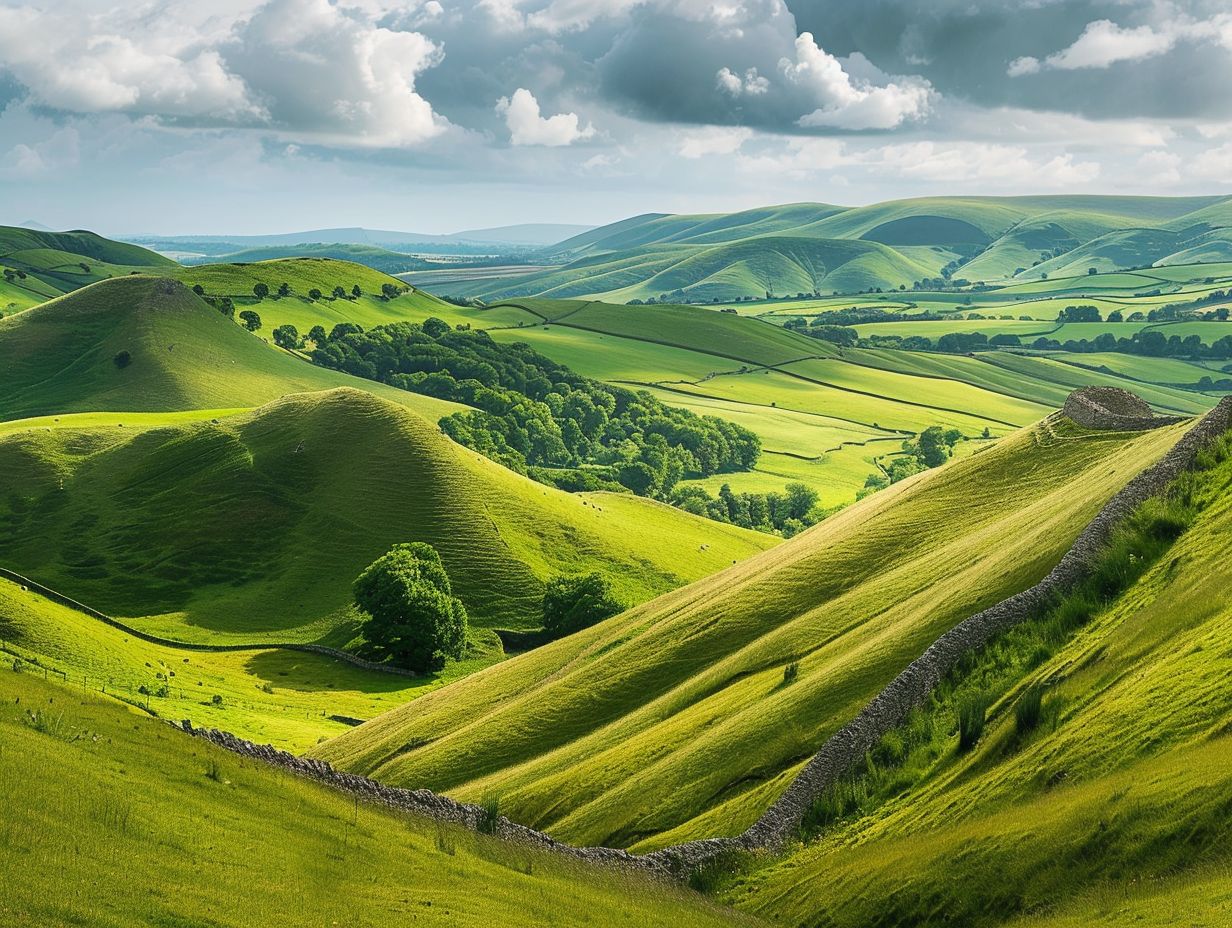
A Seasonal Guide To Hiking In The Peak District
Are you ready to lace up your hiking boots and explore the stunning landscapes of the Peak District? This seasonal guide will take you through
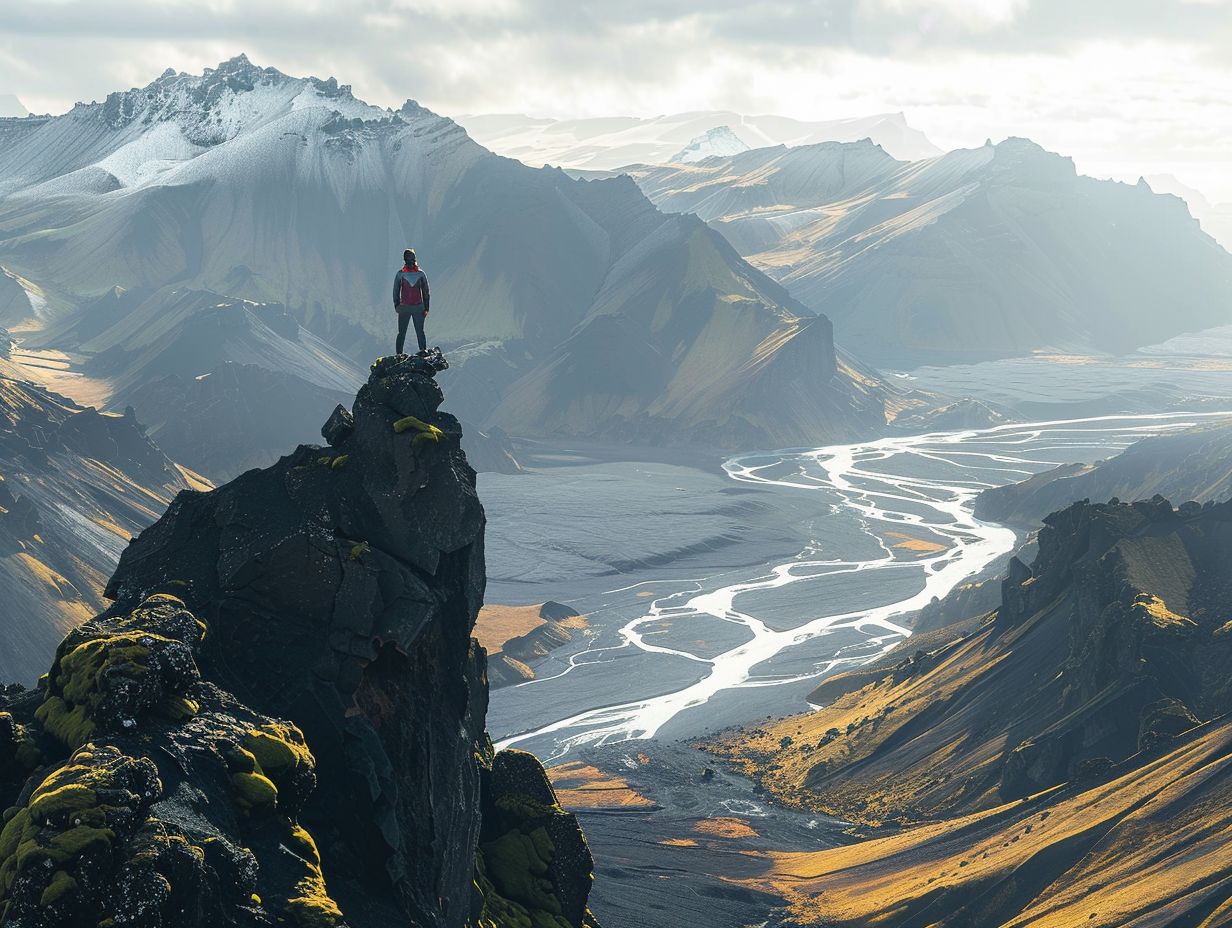
Hiking Challenges Preparing For Your First Ultrahike
Are you ready to take your hiking adventures to the next level? Ultra-hiking offers a unique combination of physical and mental challenges, breathtaking scenery, and
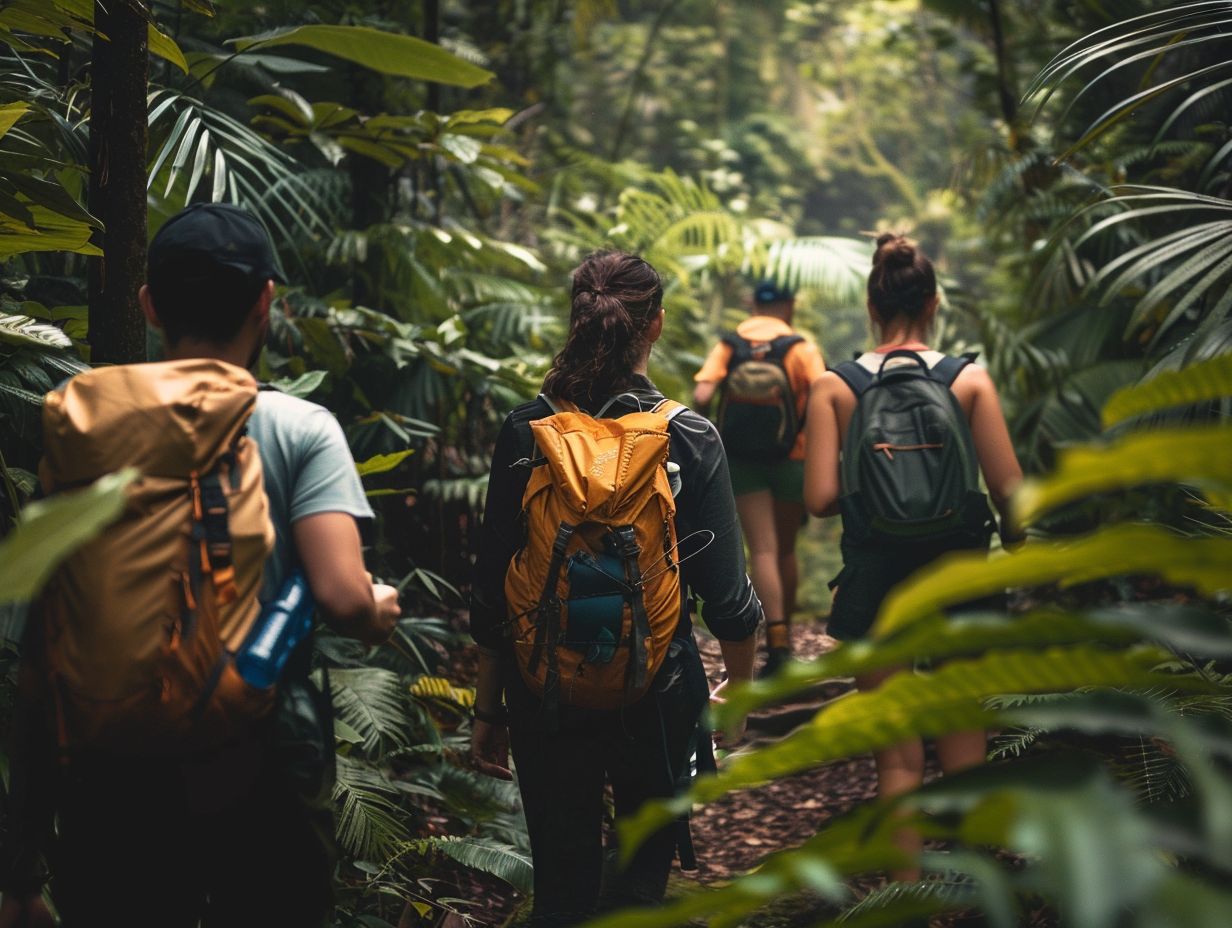
Ecofriendly Hiking Tips For Sustainable Adventures
Are you an outdoor enthusiast looking to minimise your impact on the environment while enjoying the great outdoors? Eco-friendly hiking is the perfect solution! We
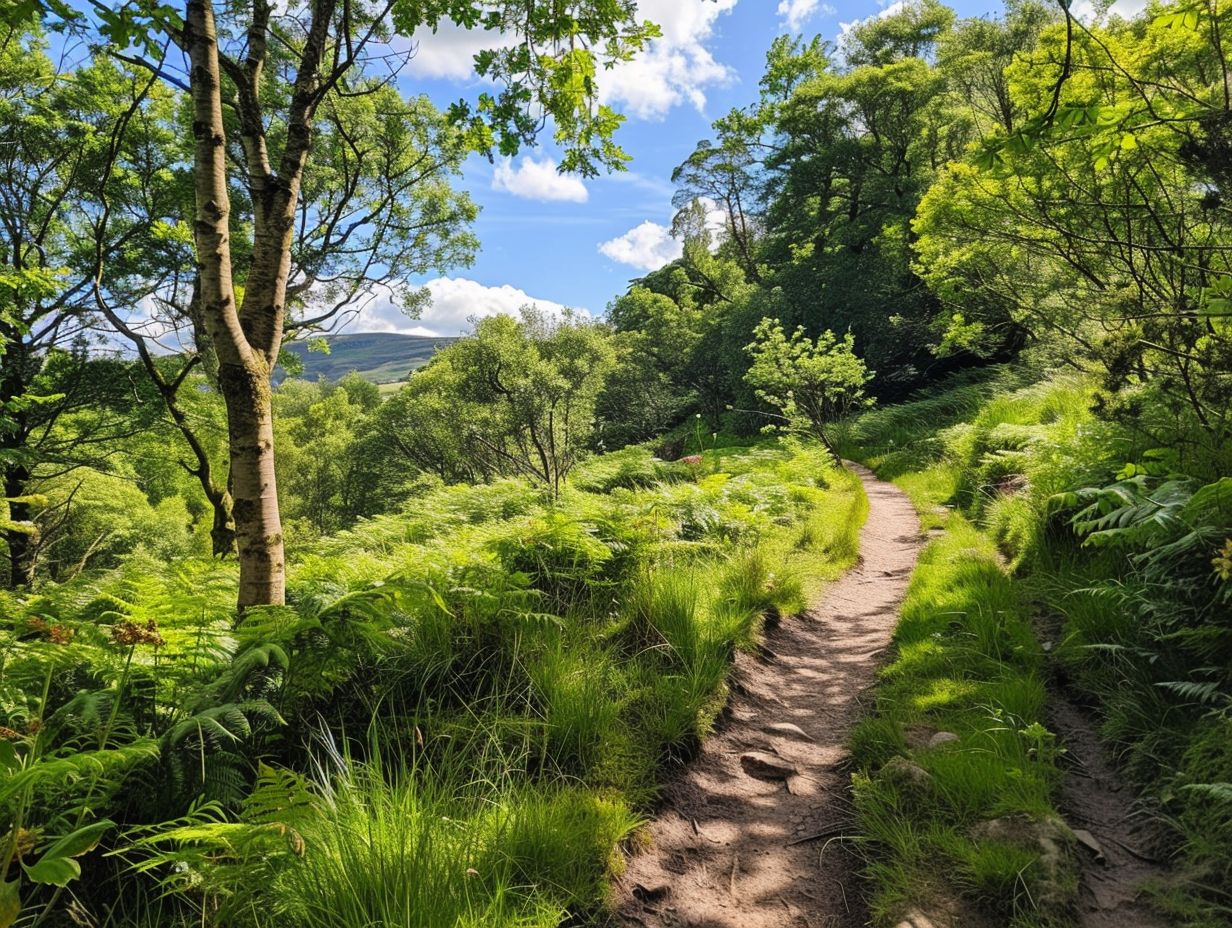
The Best Hiking Trails For Experiencing UK Wildlife
When exploring the picturesque hiking trails of the UK, you can expect to encounter a diverse array of wildlife. From majestic birds soaring overhead to
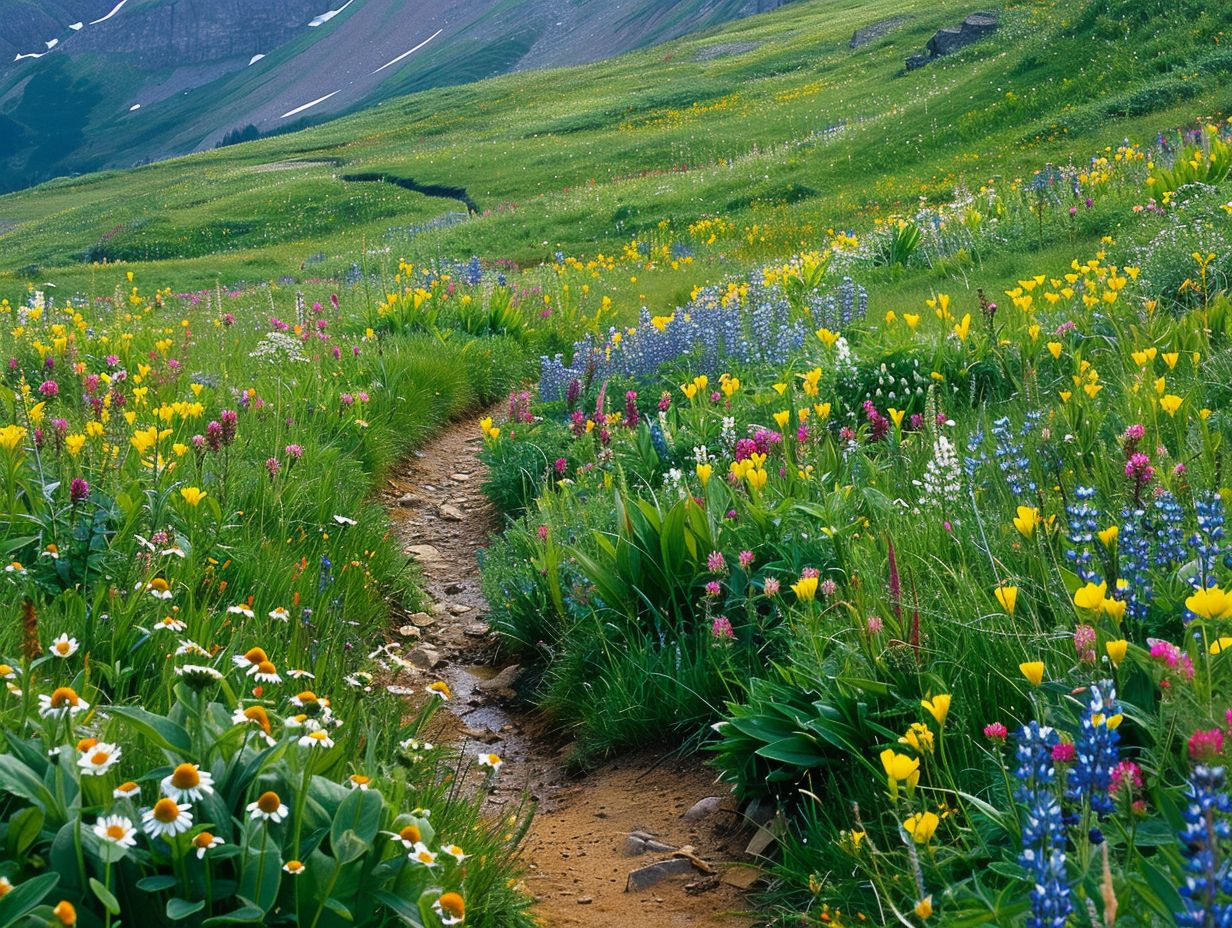
Wildflower Walks The Best Trails For Nature Lovers
Are you a nature lover looking to embark on a wildflower walk? Explore the best trails for wildflower walks, including [Trail Name 1], [Trail Name
